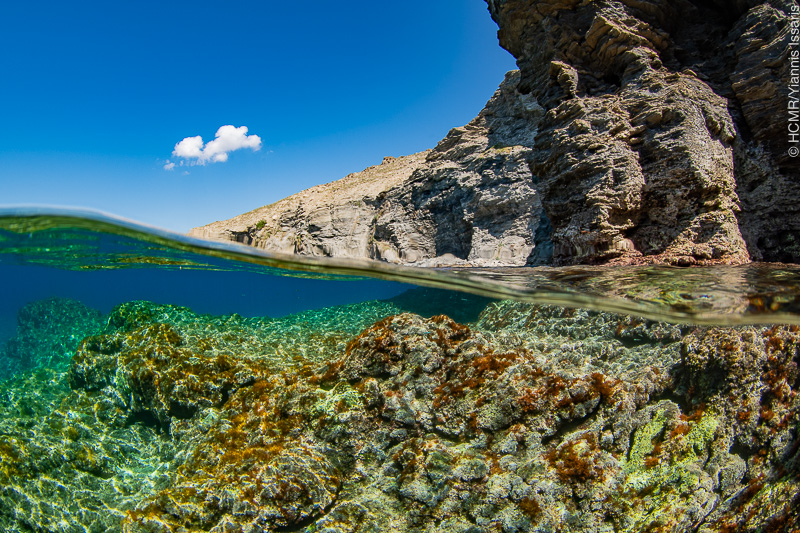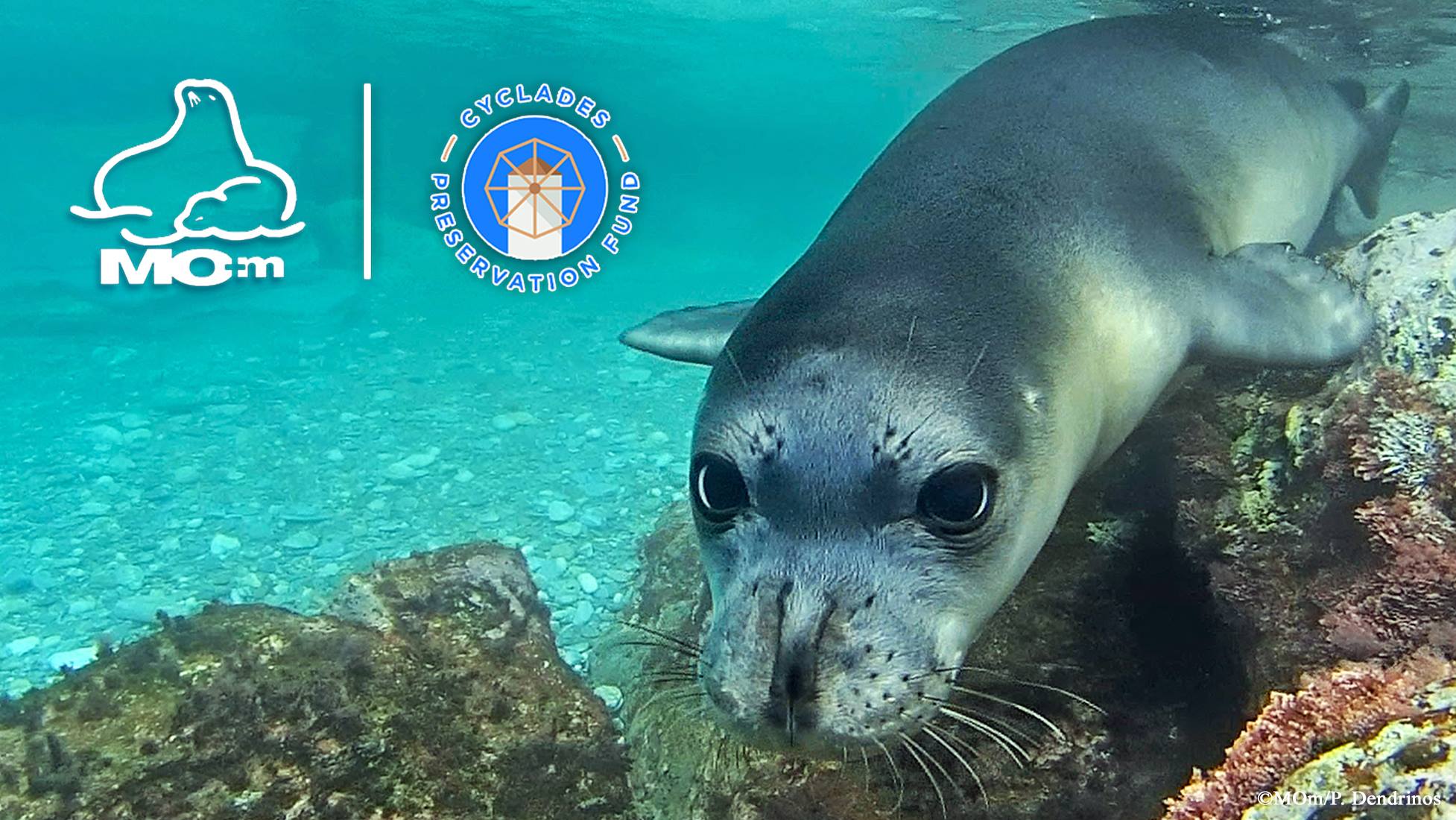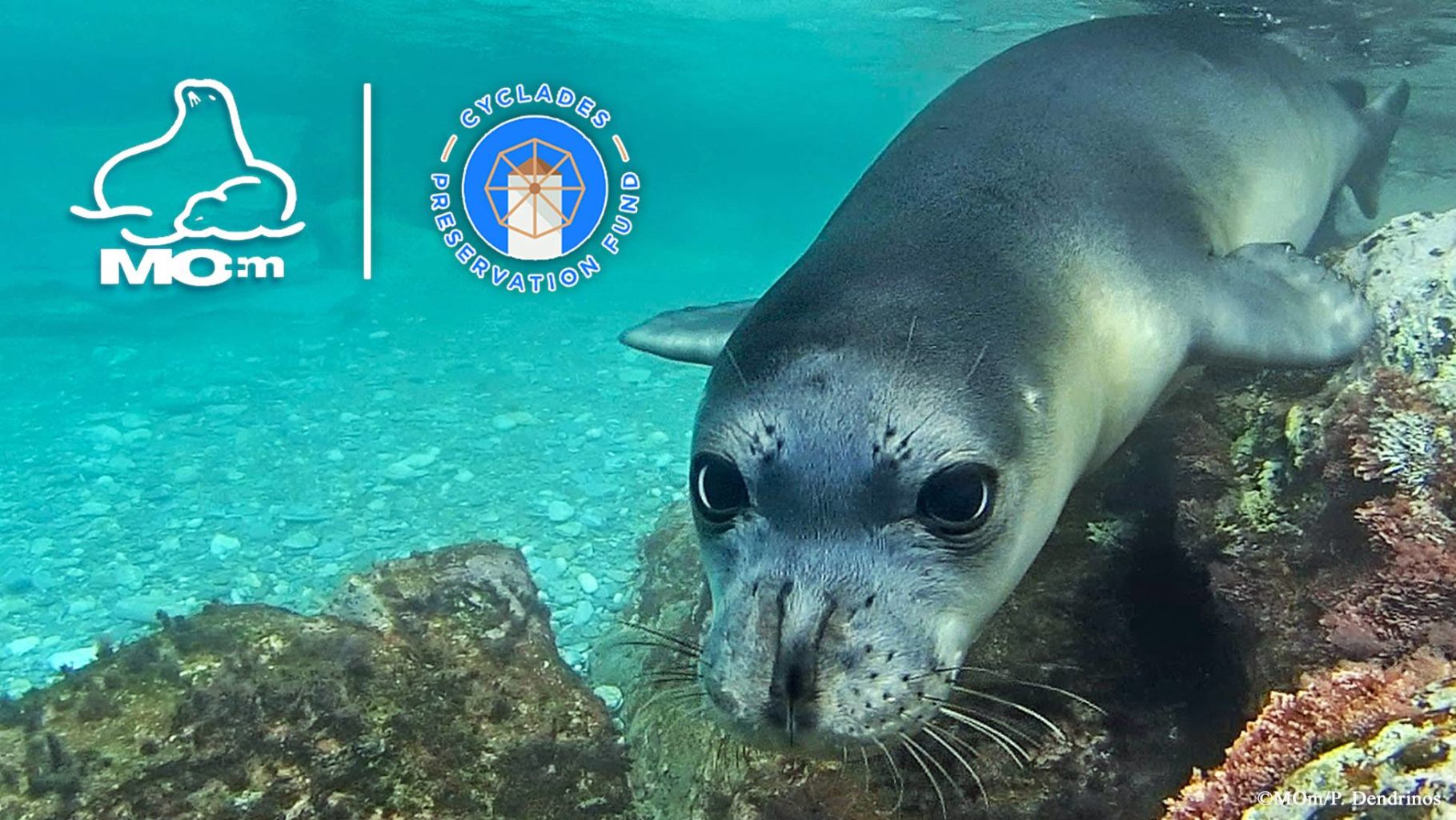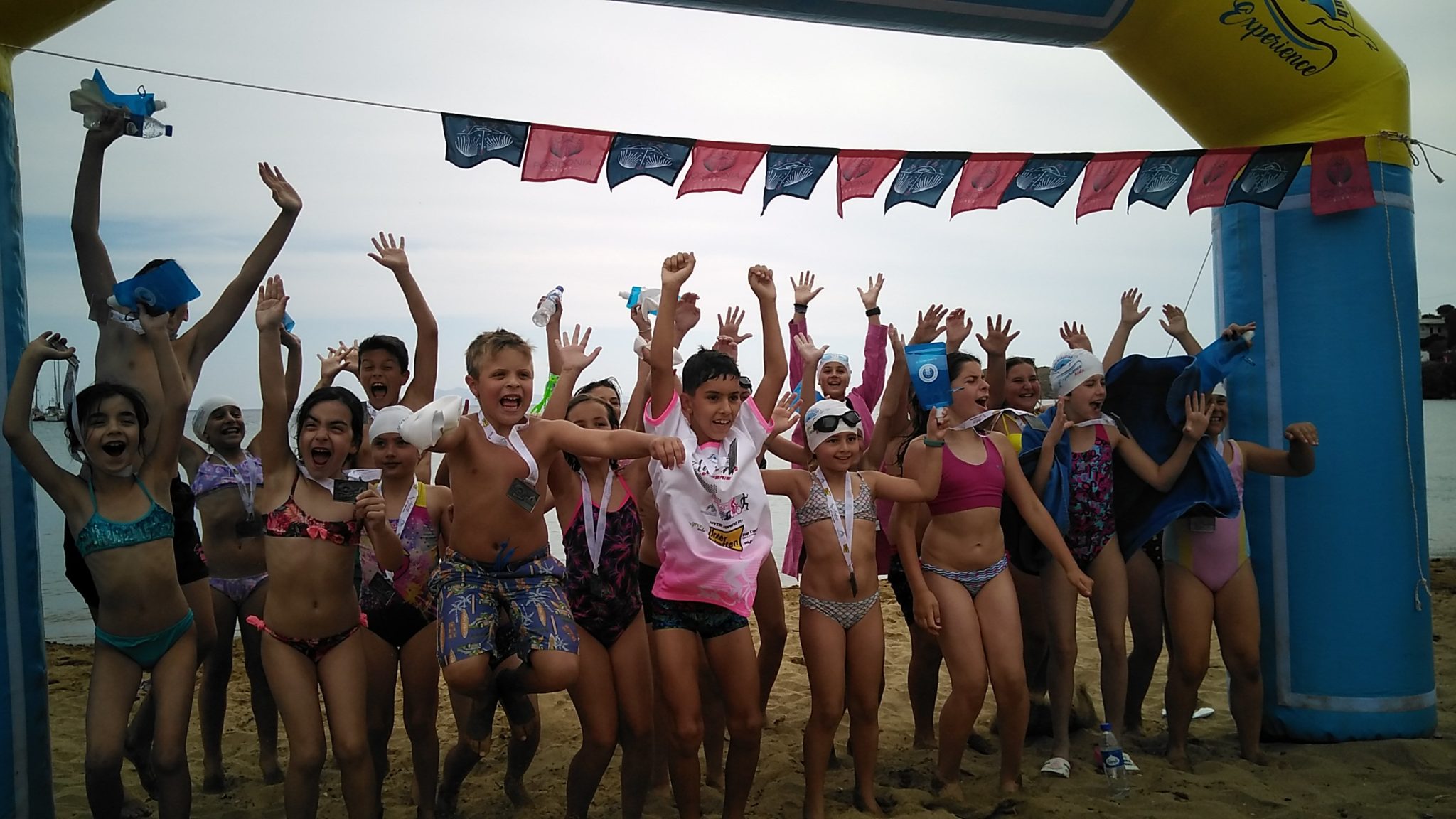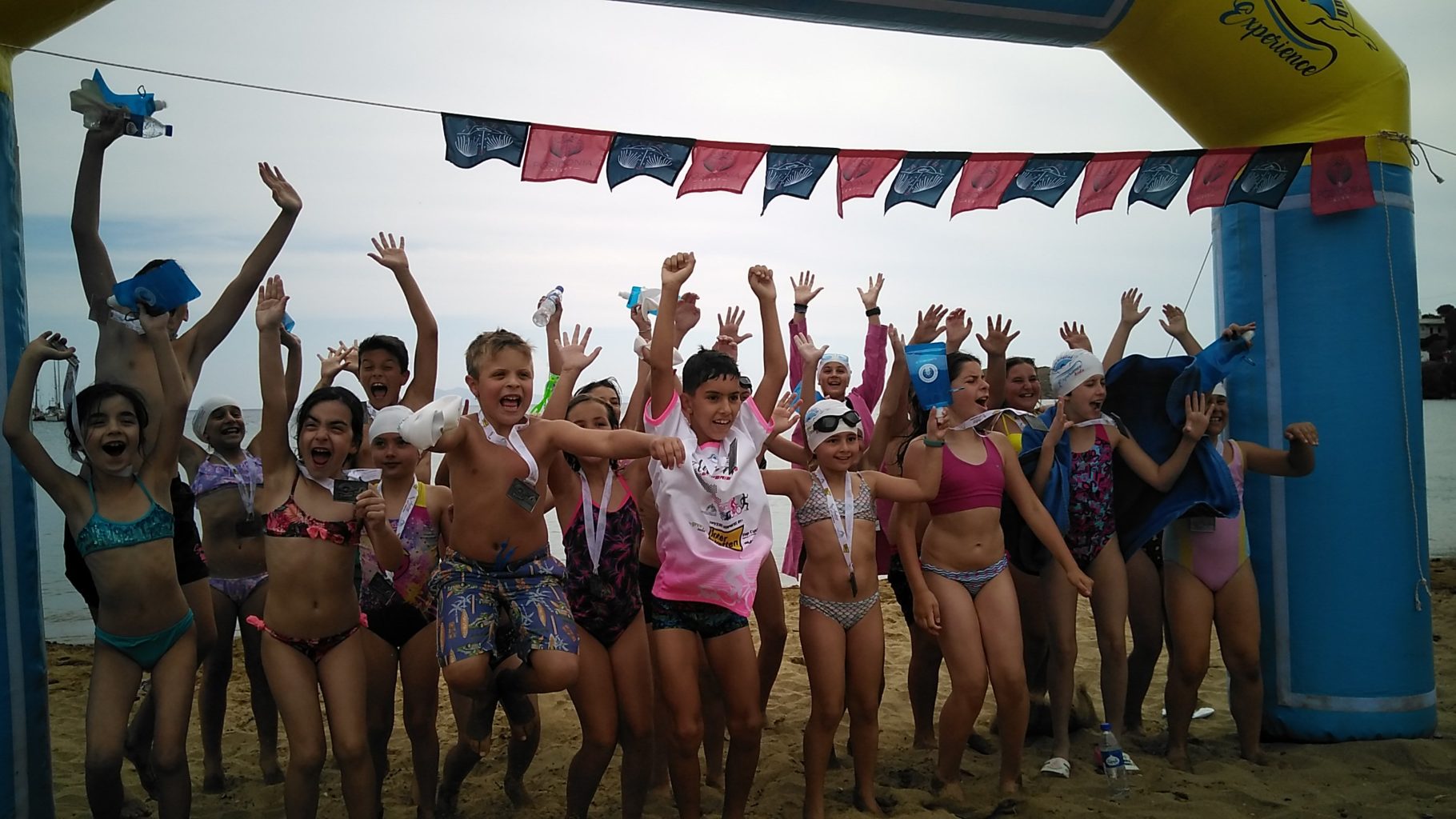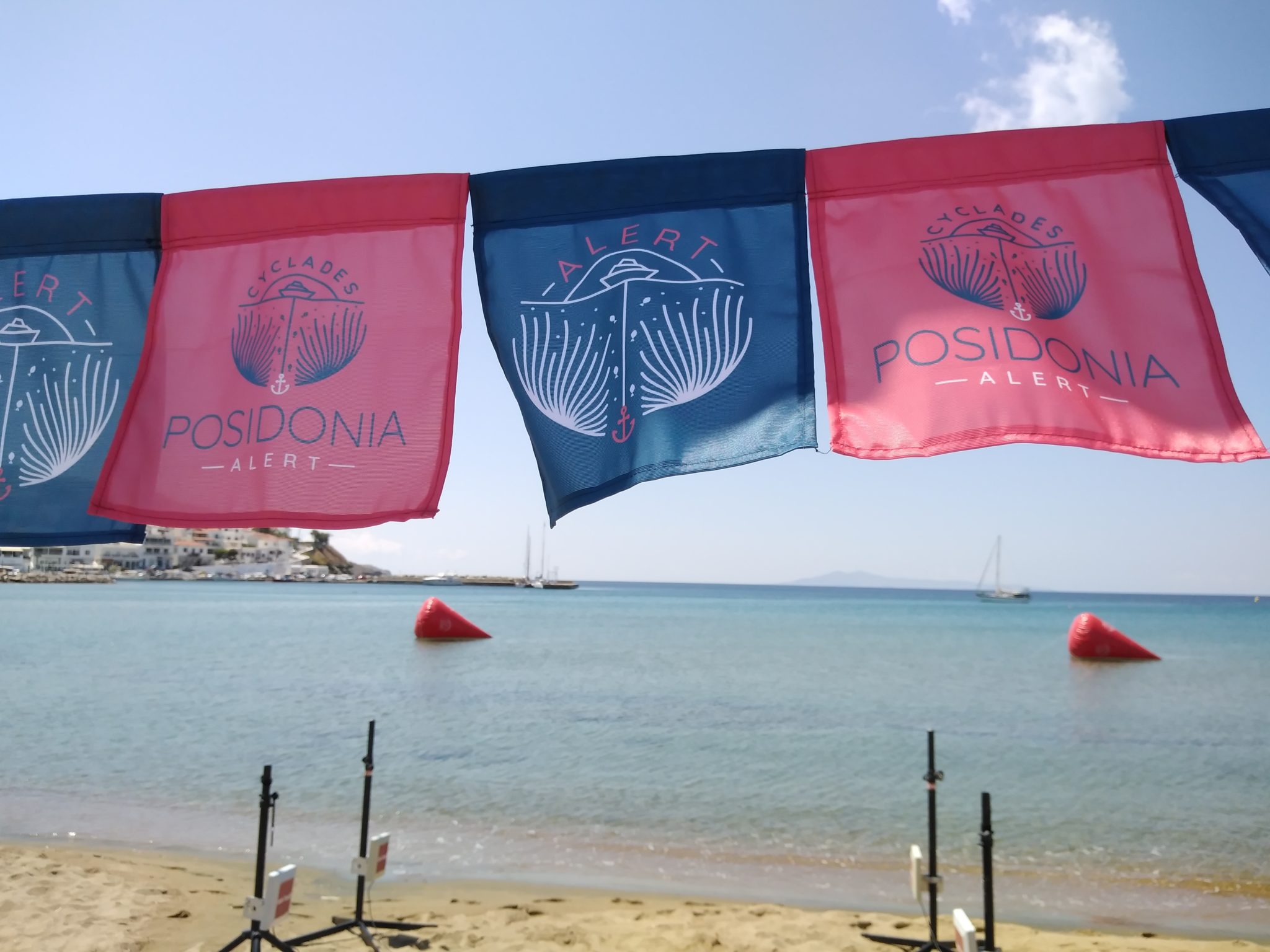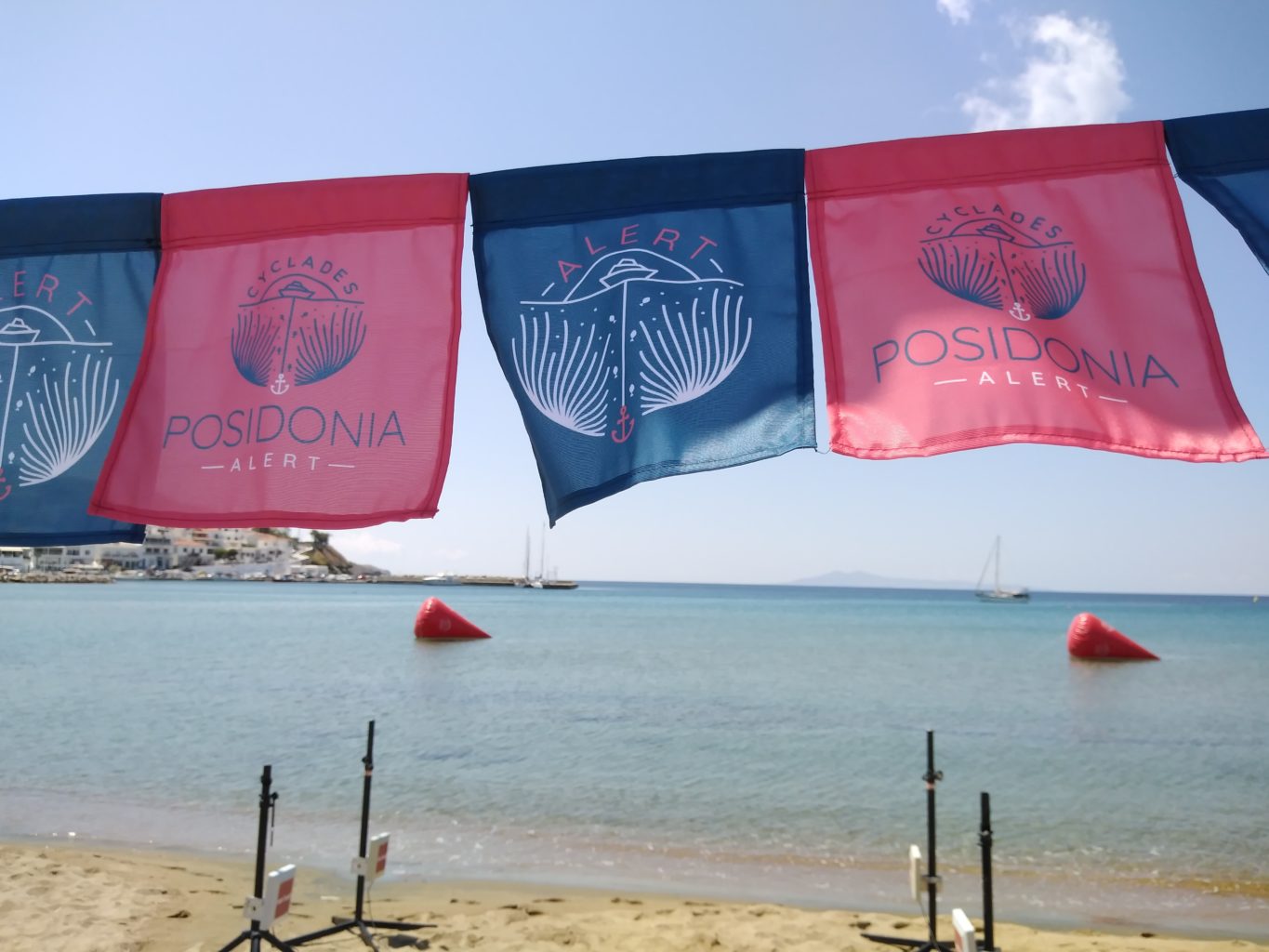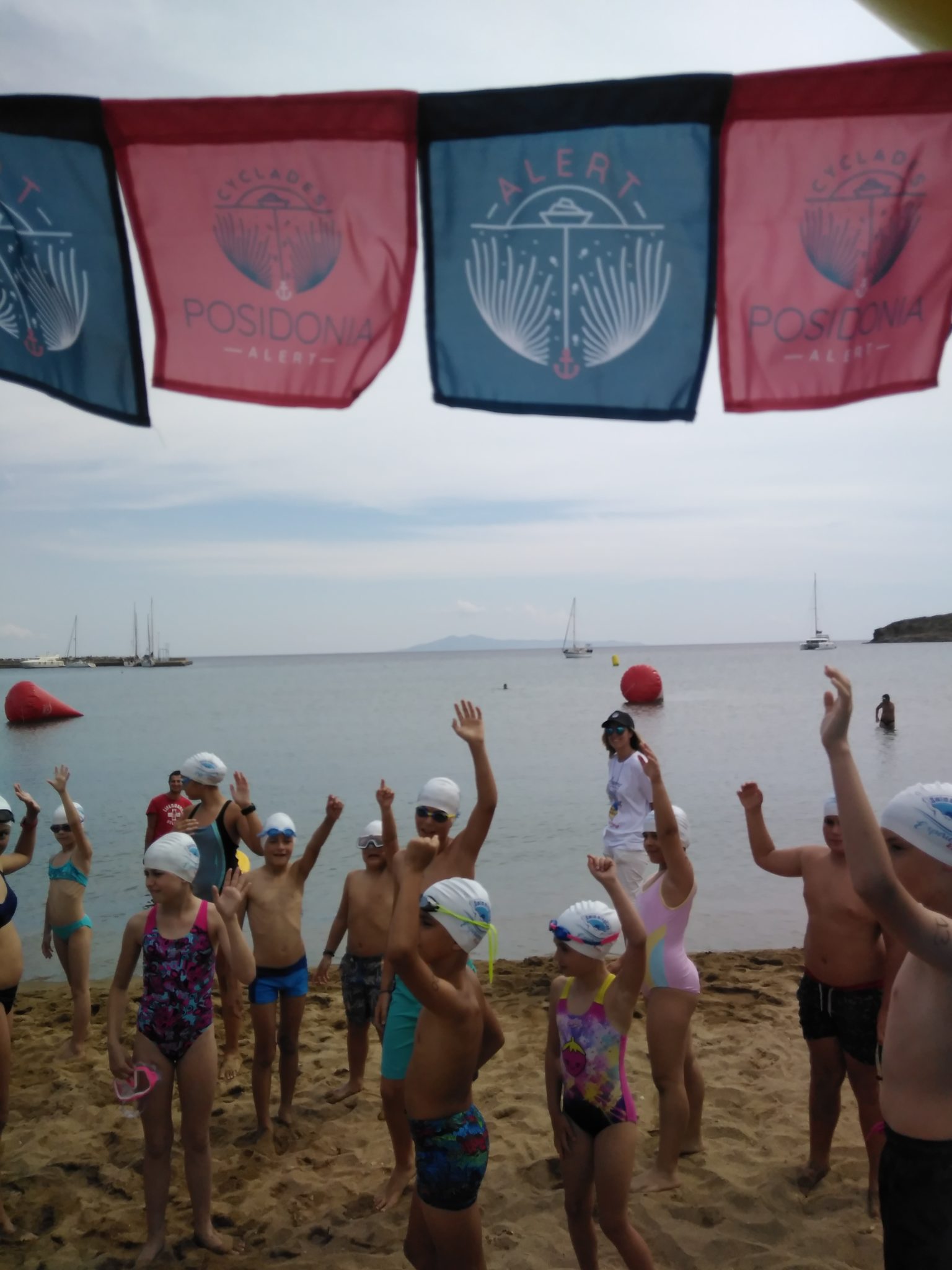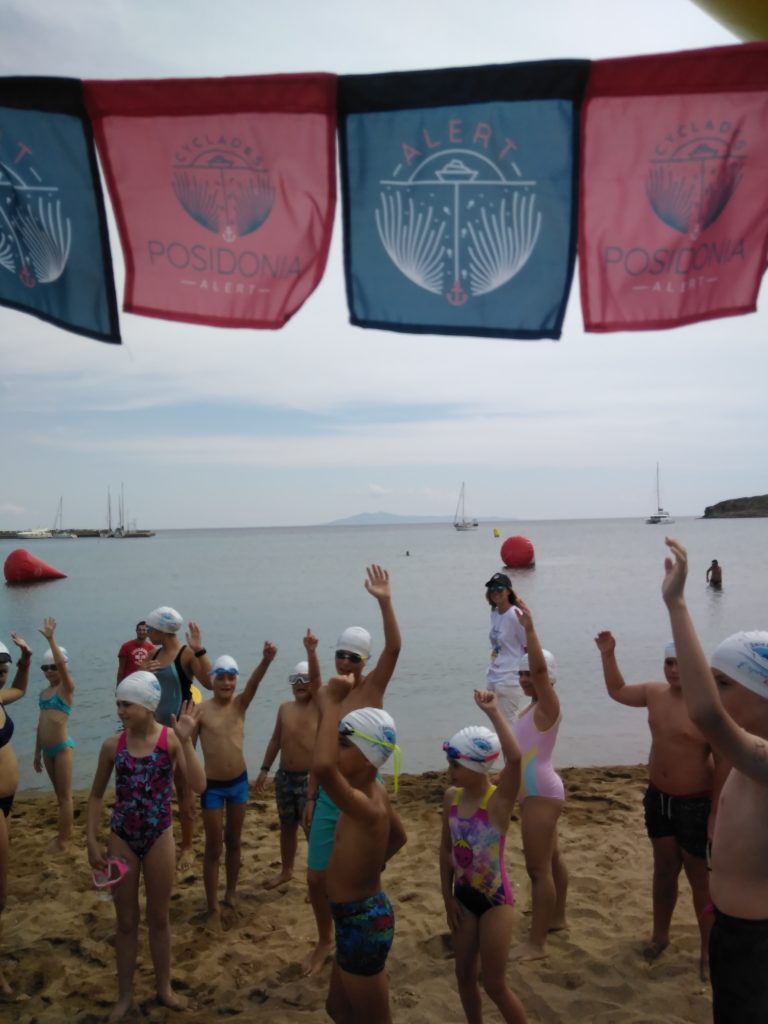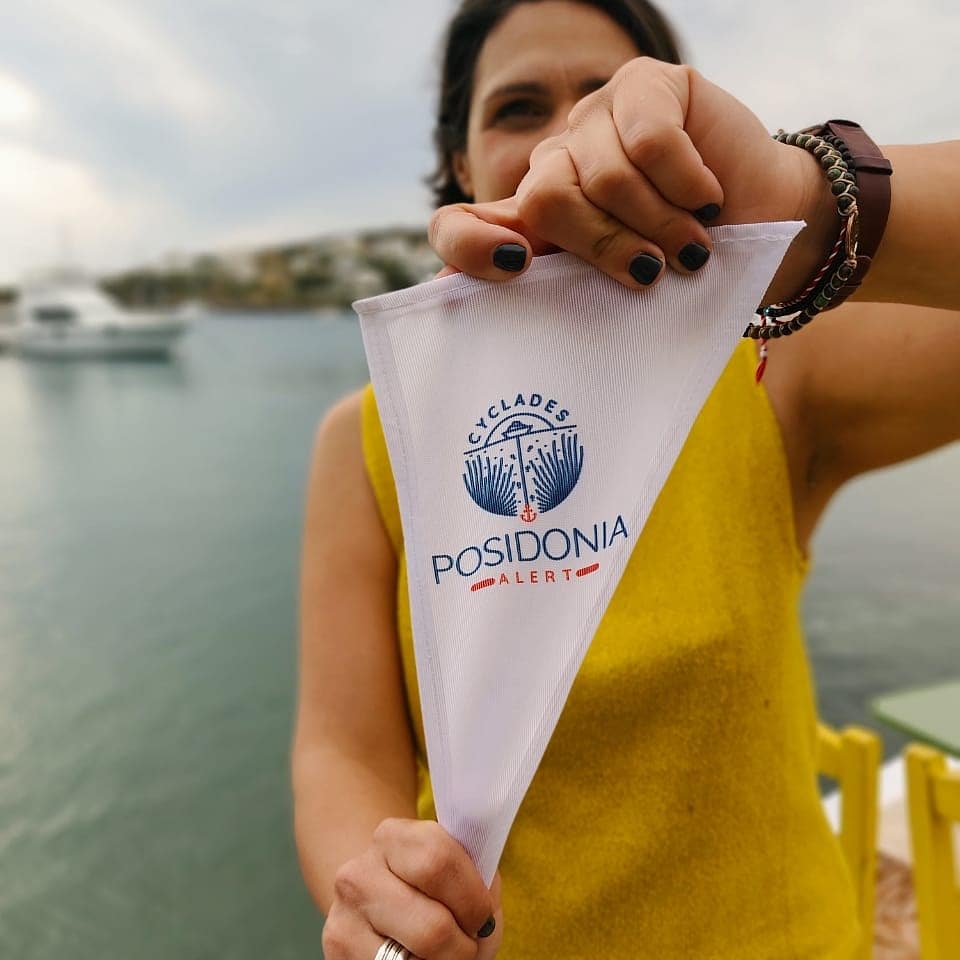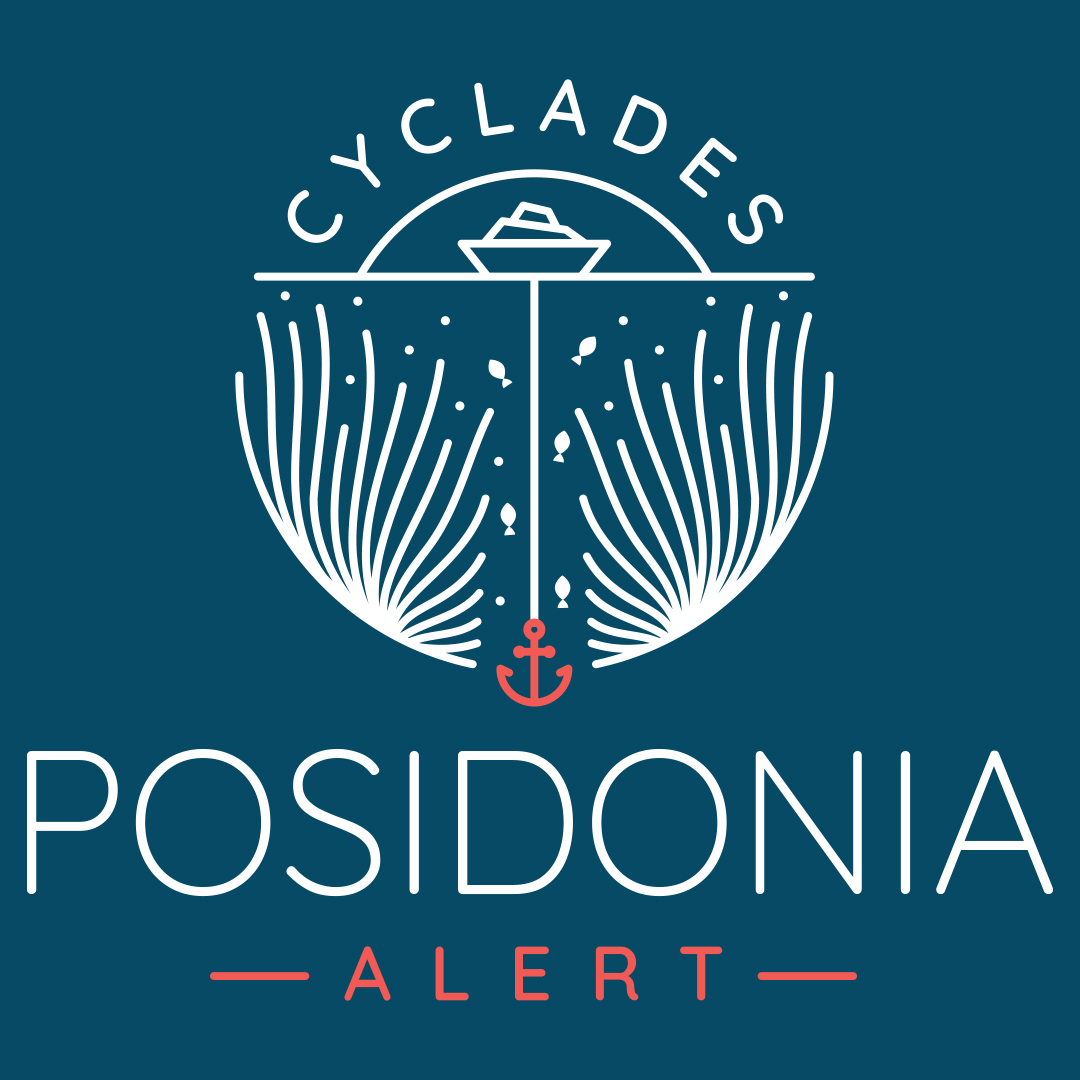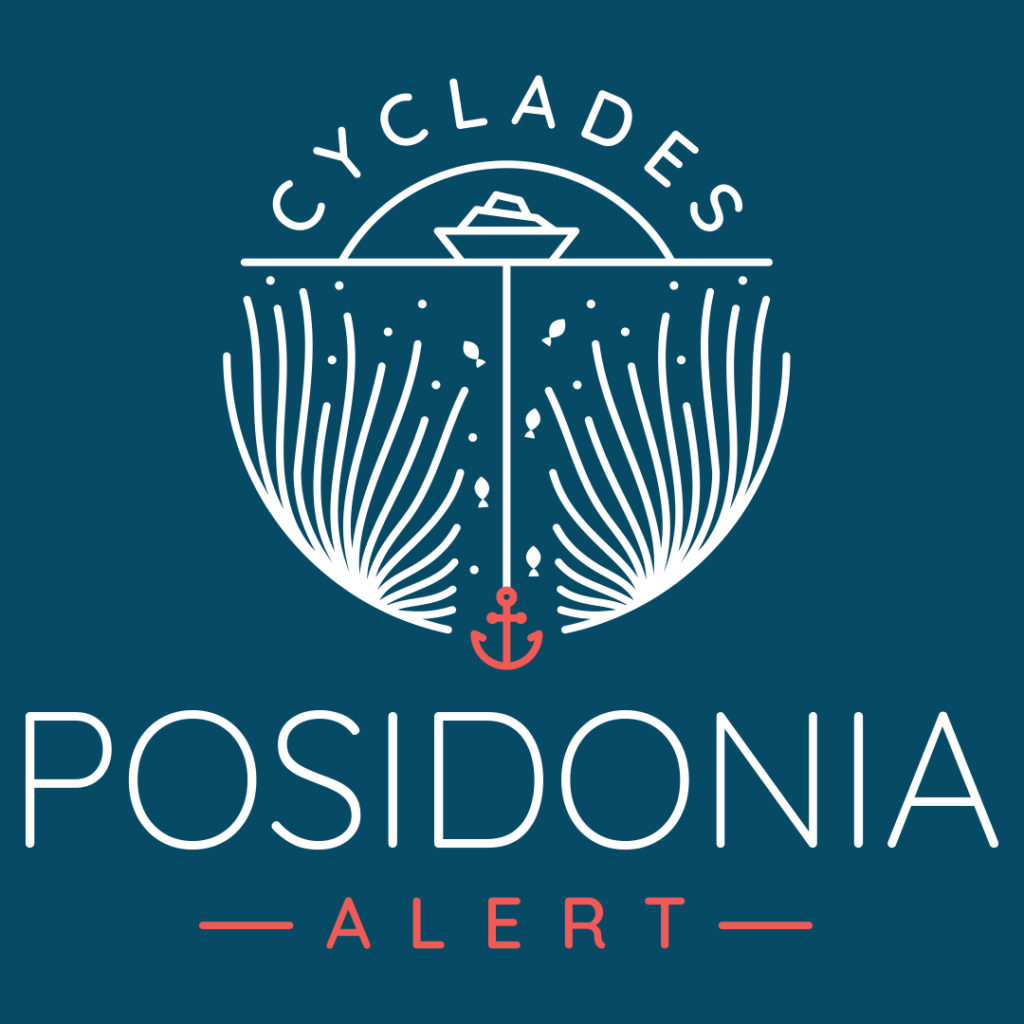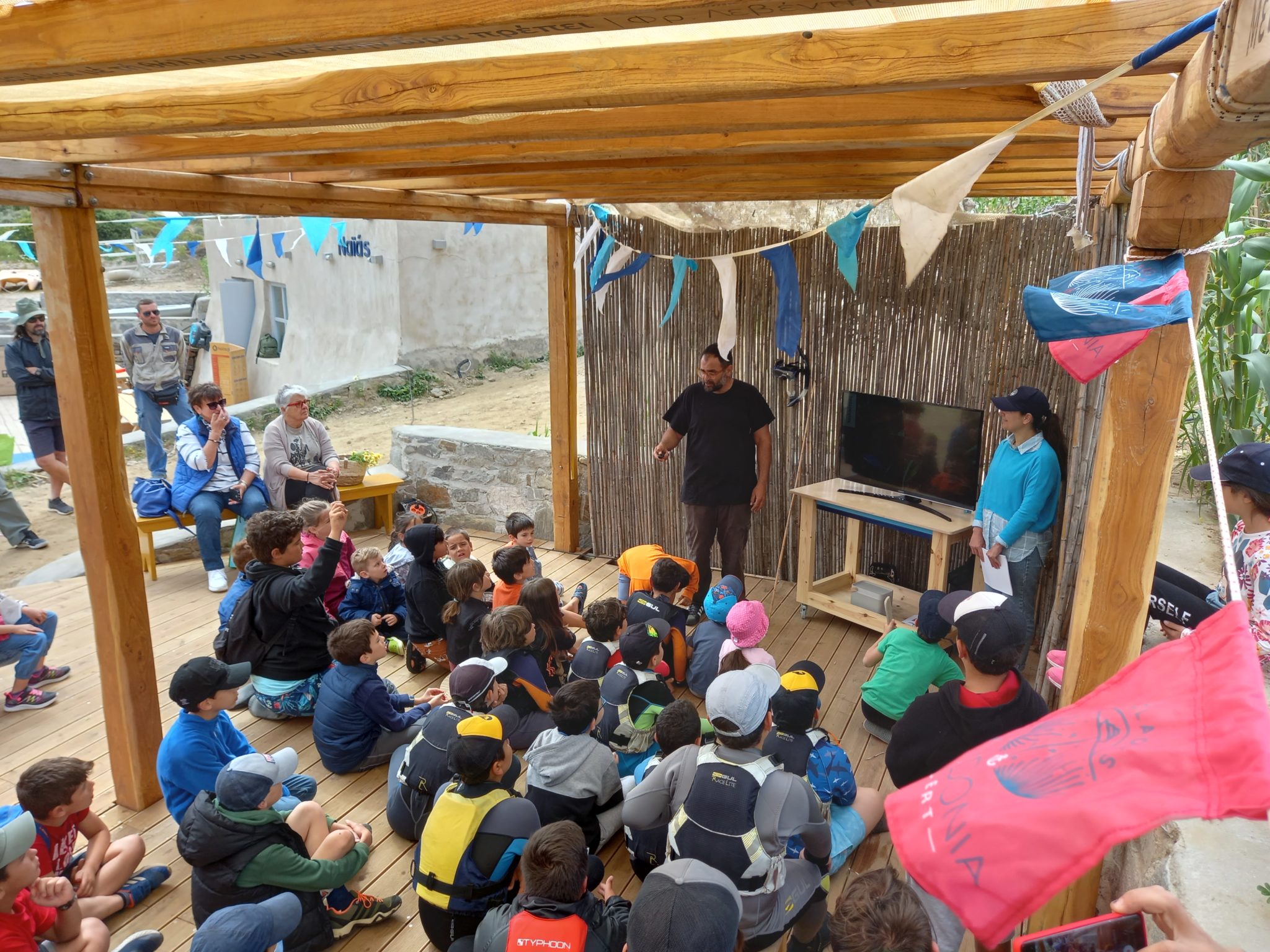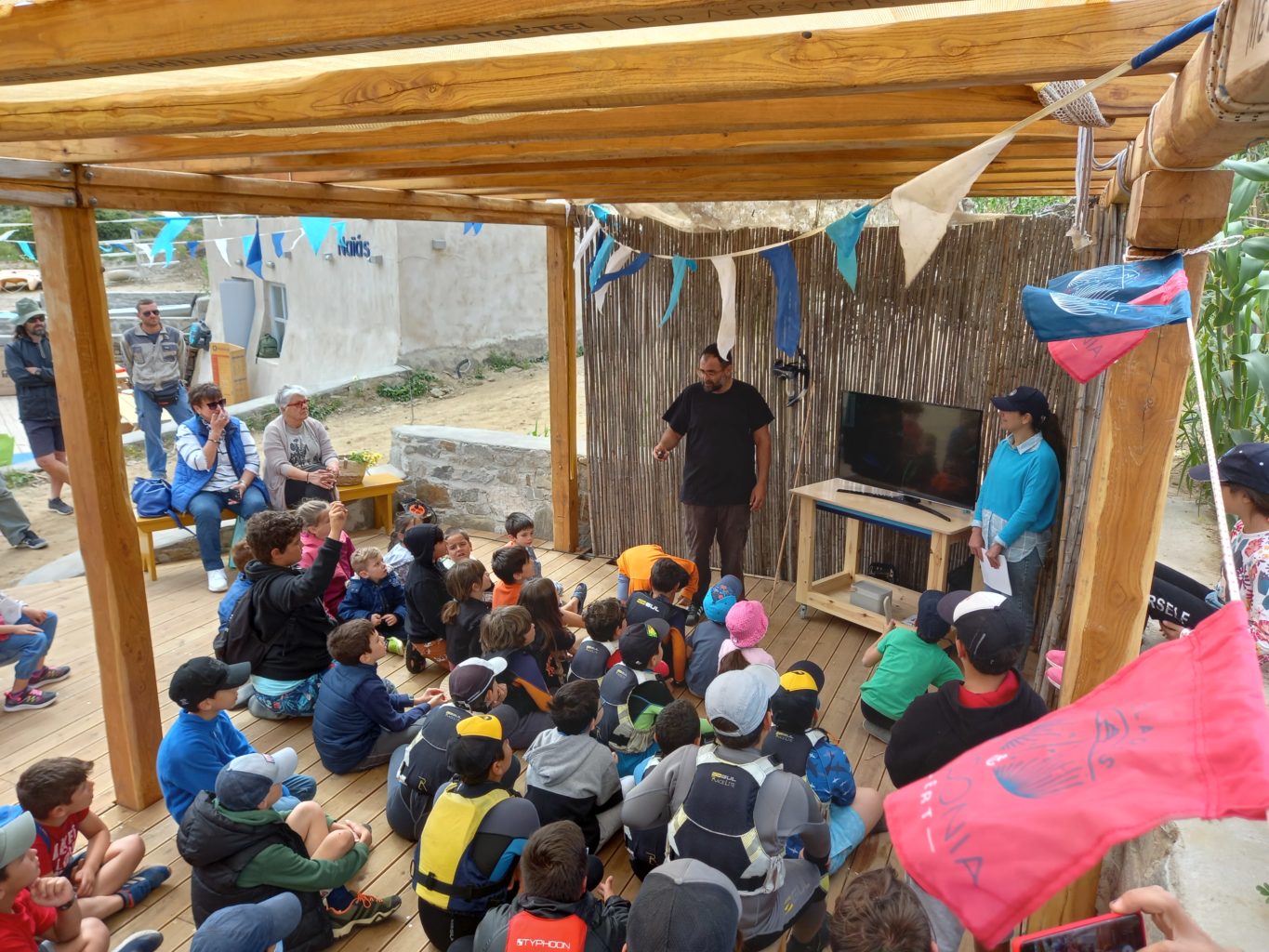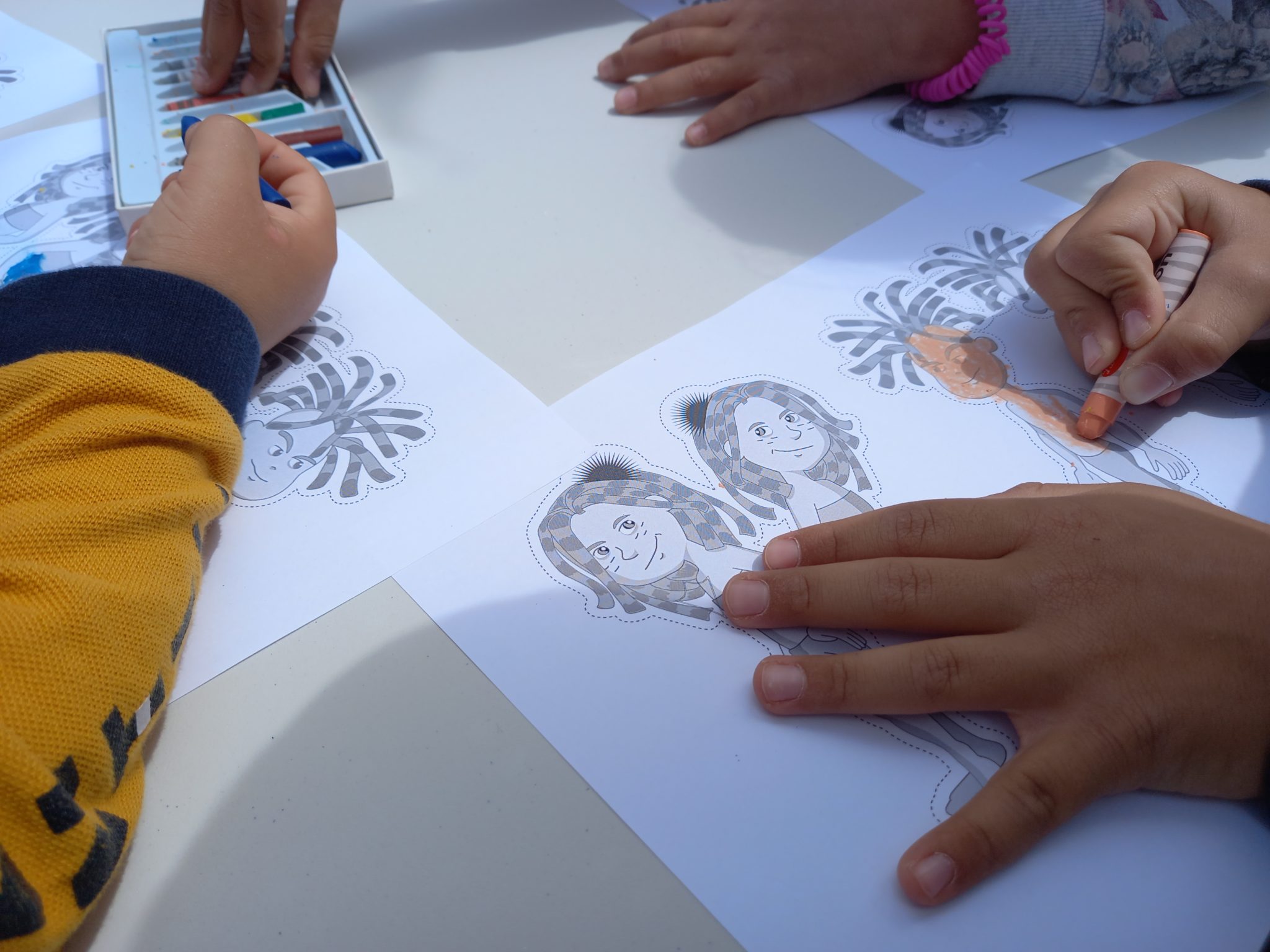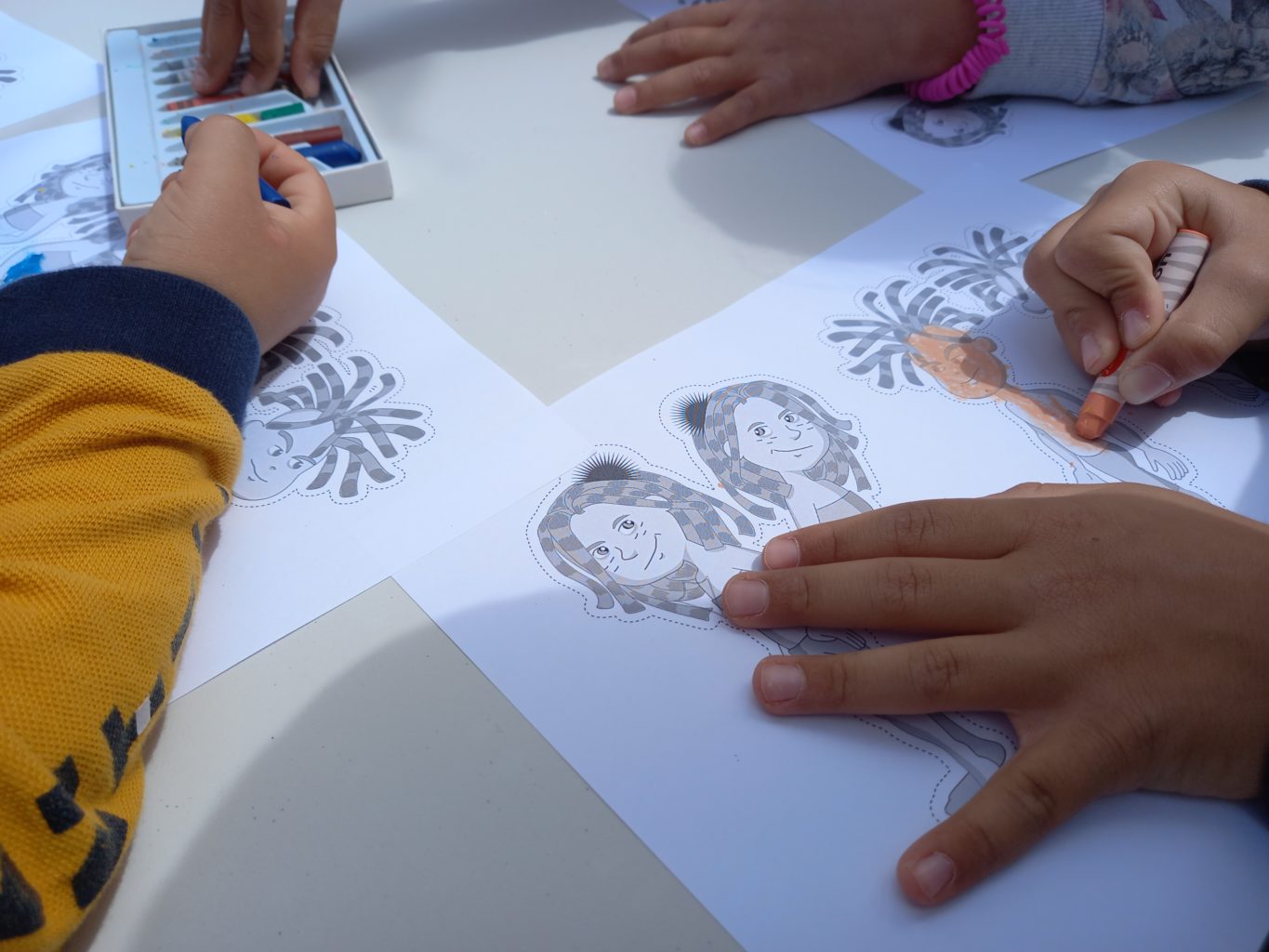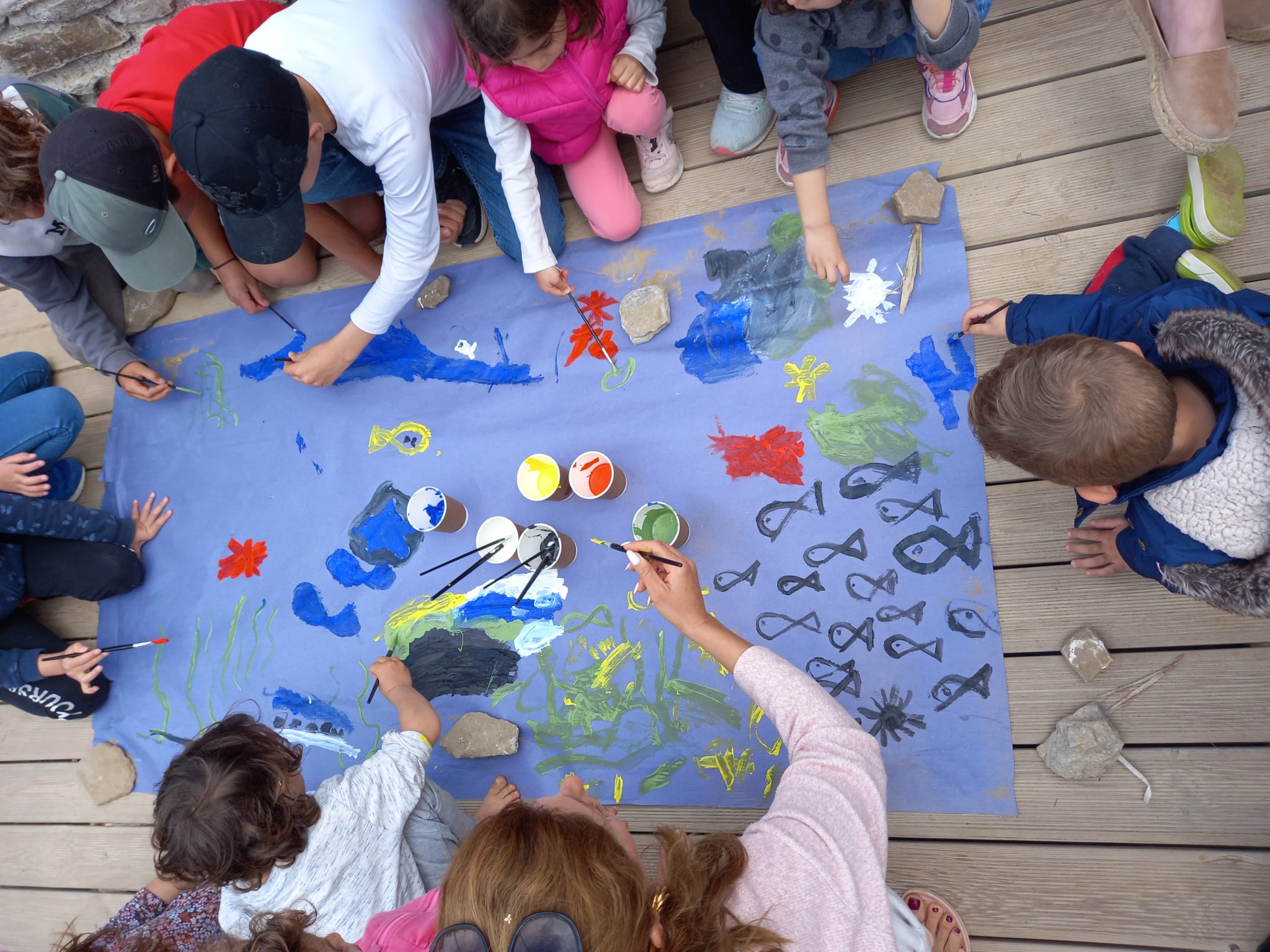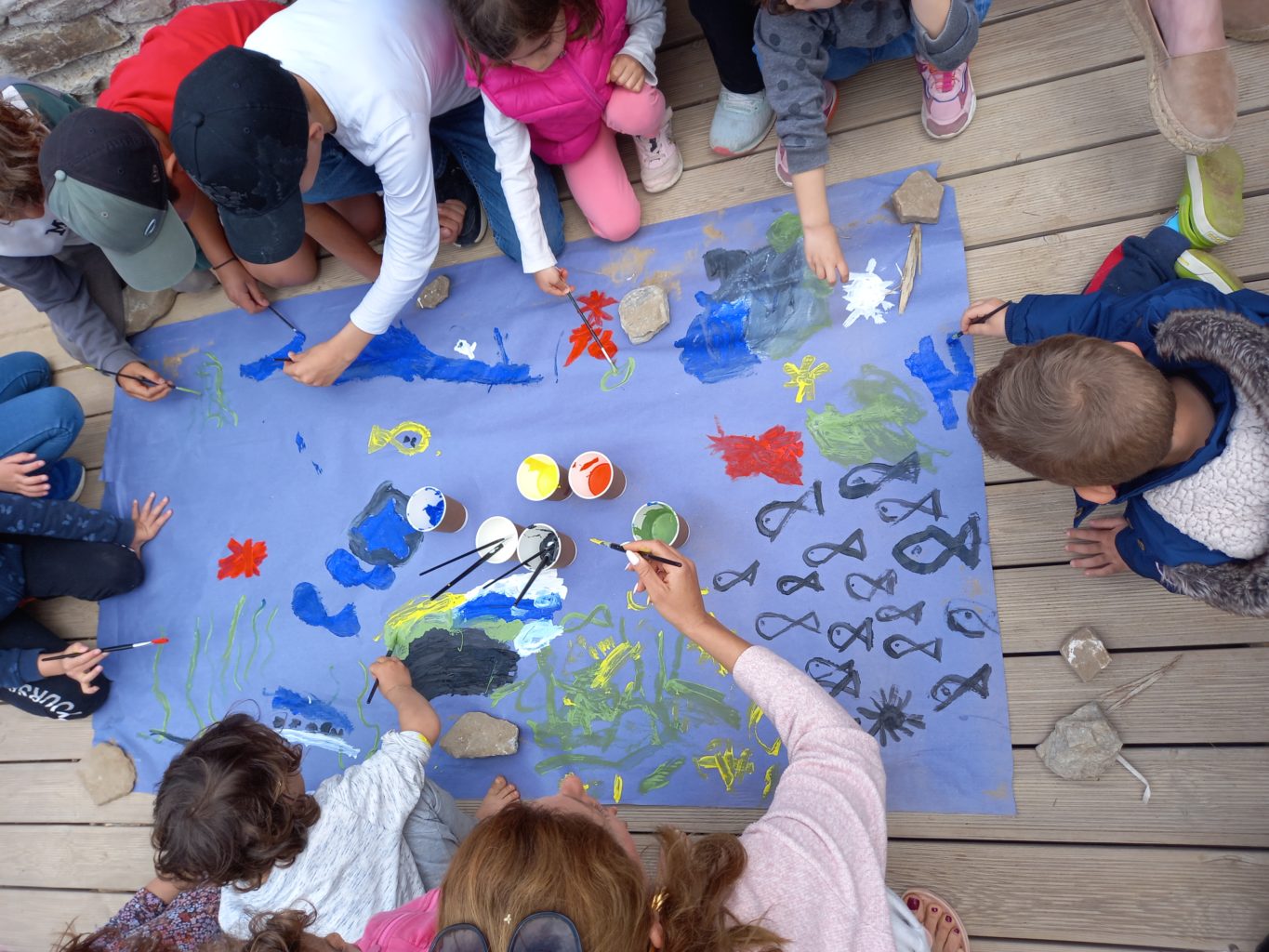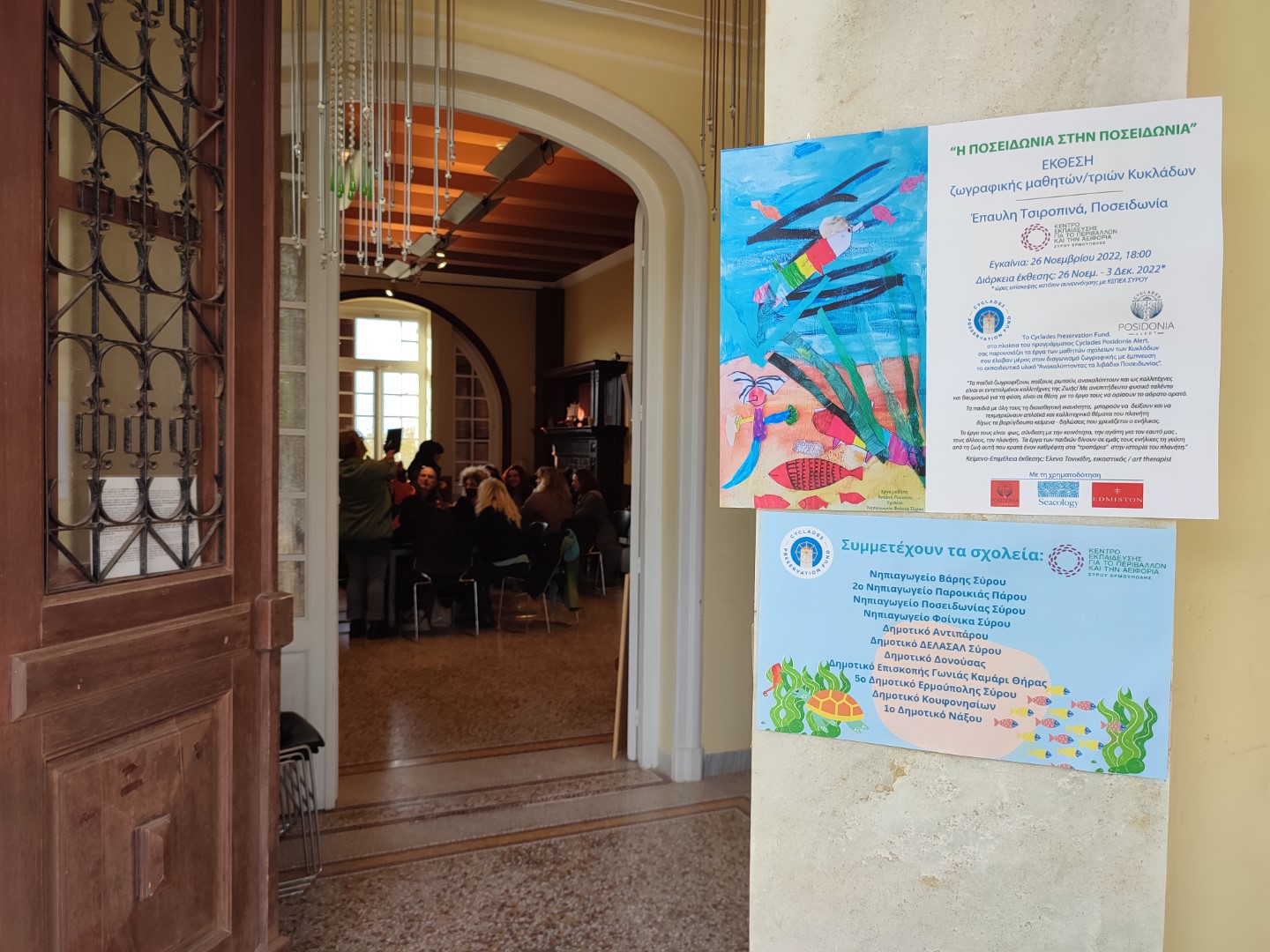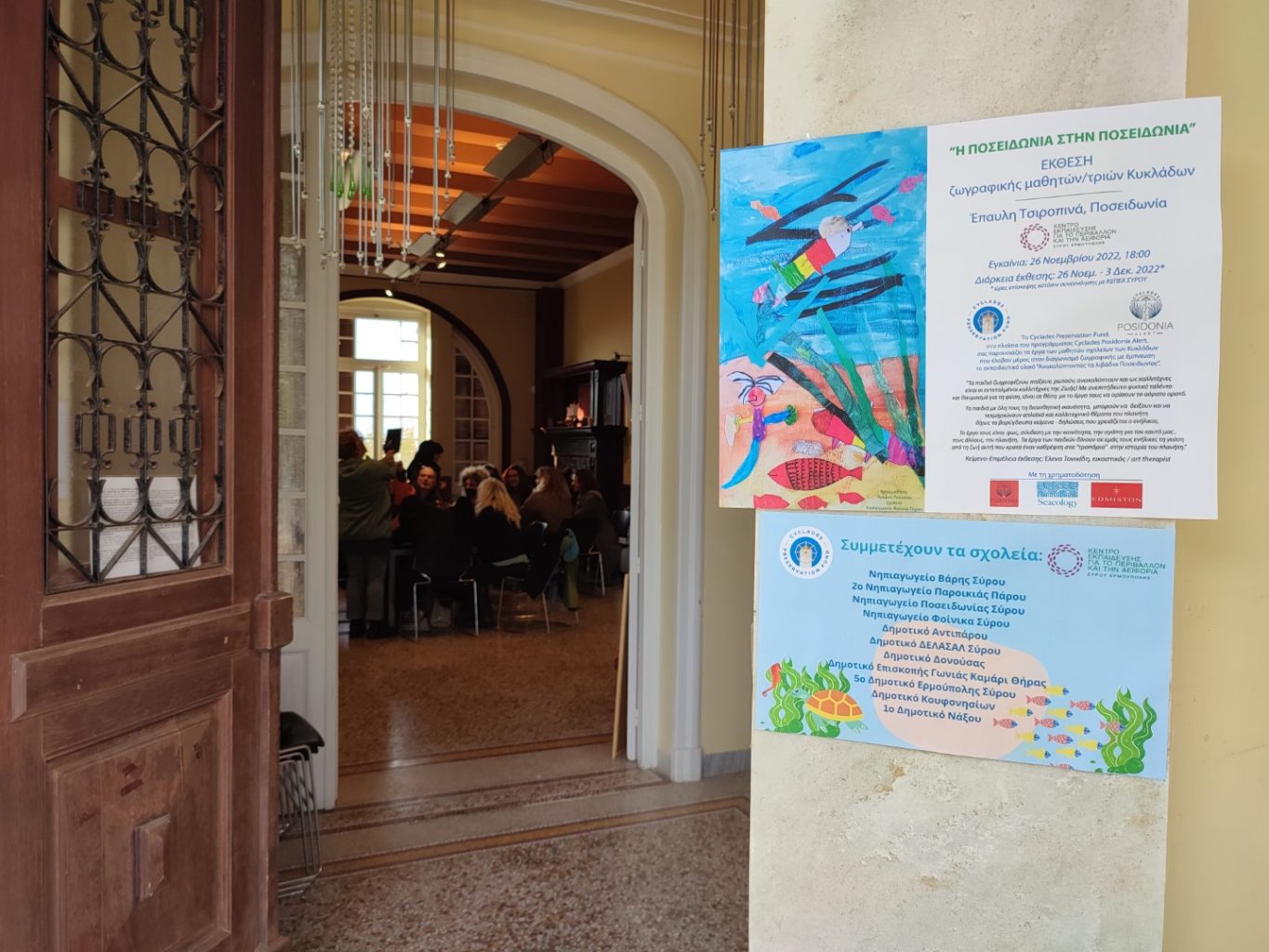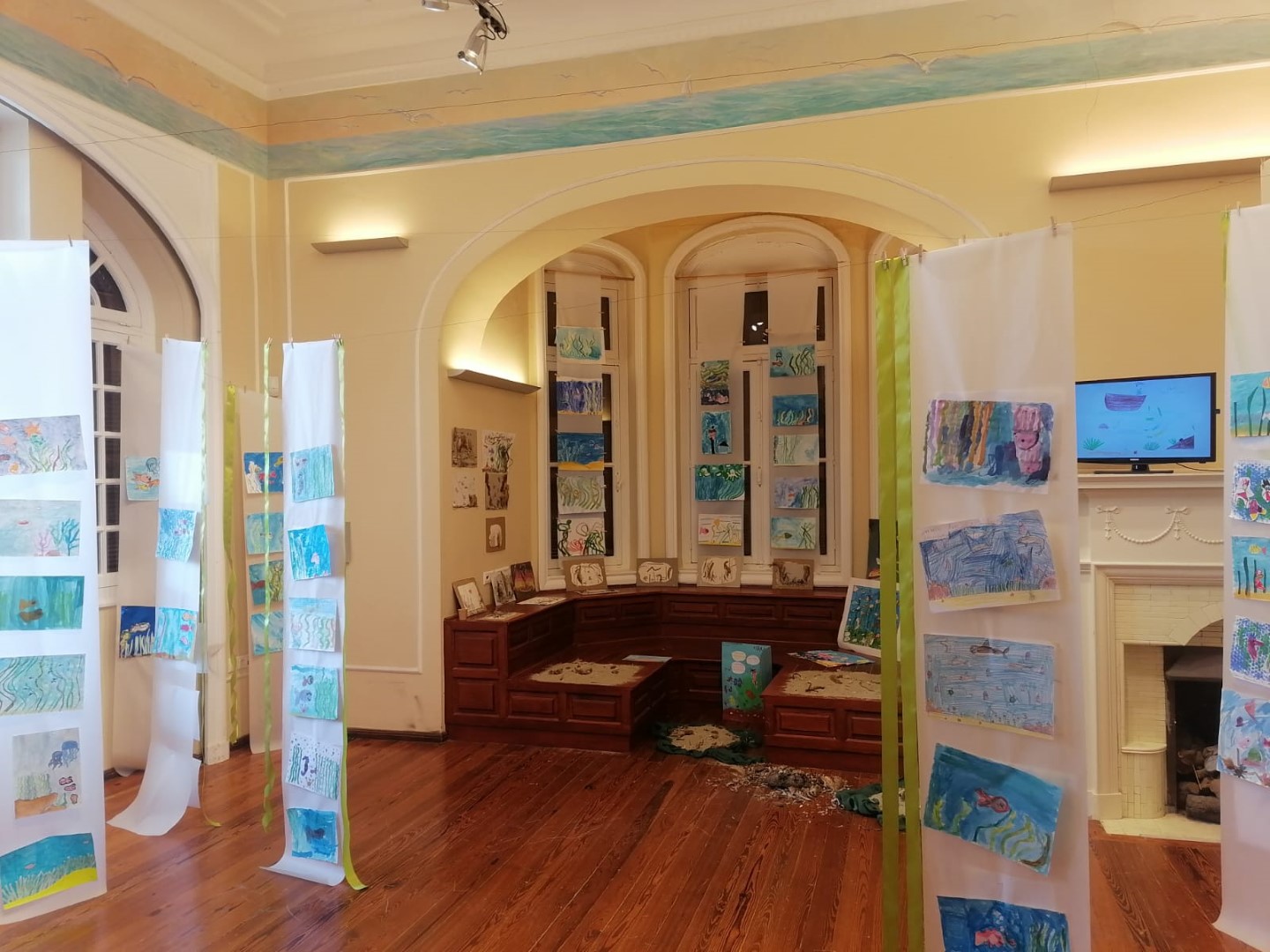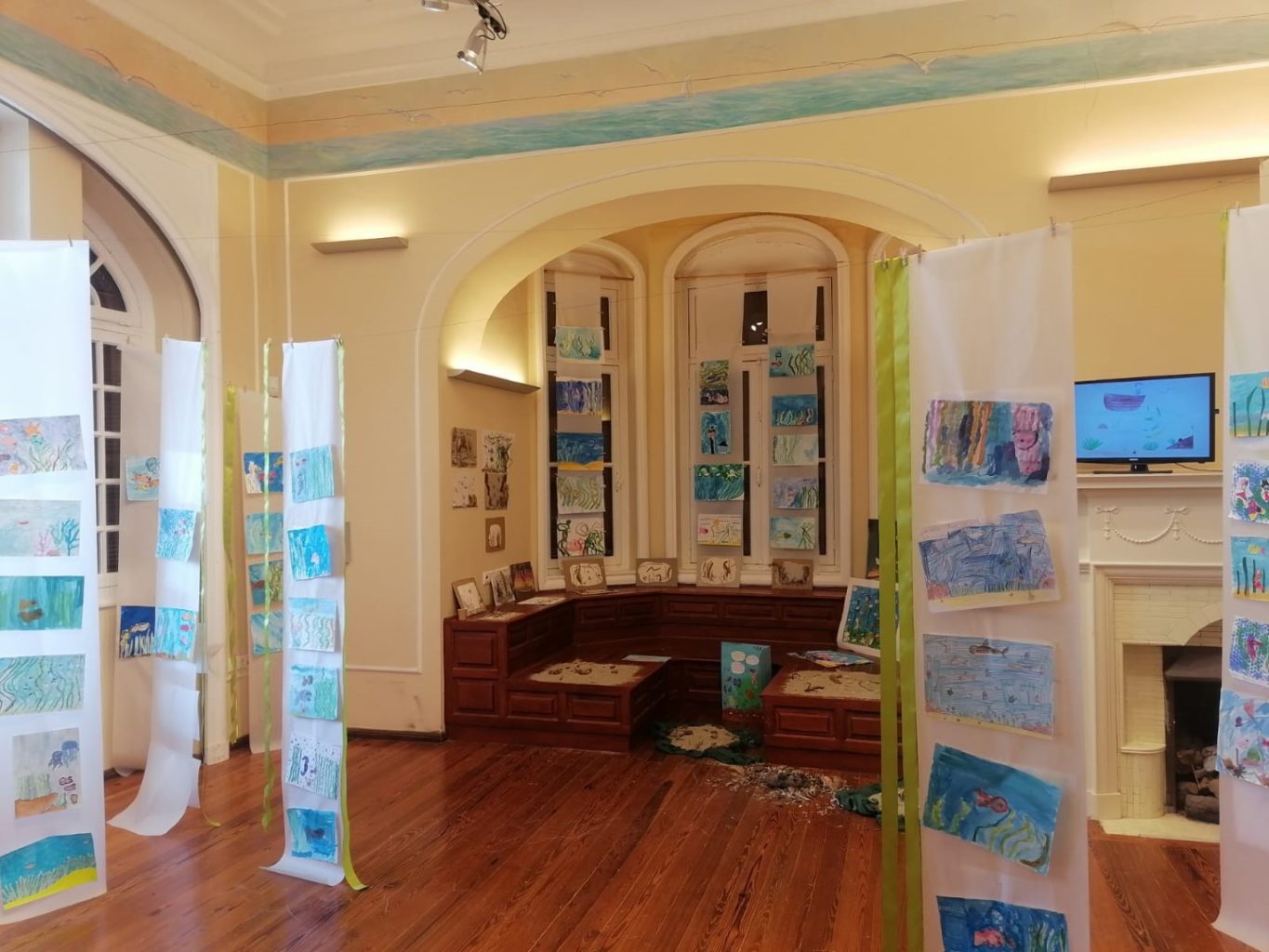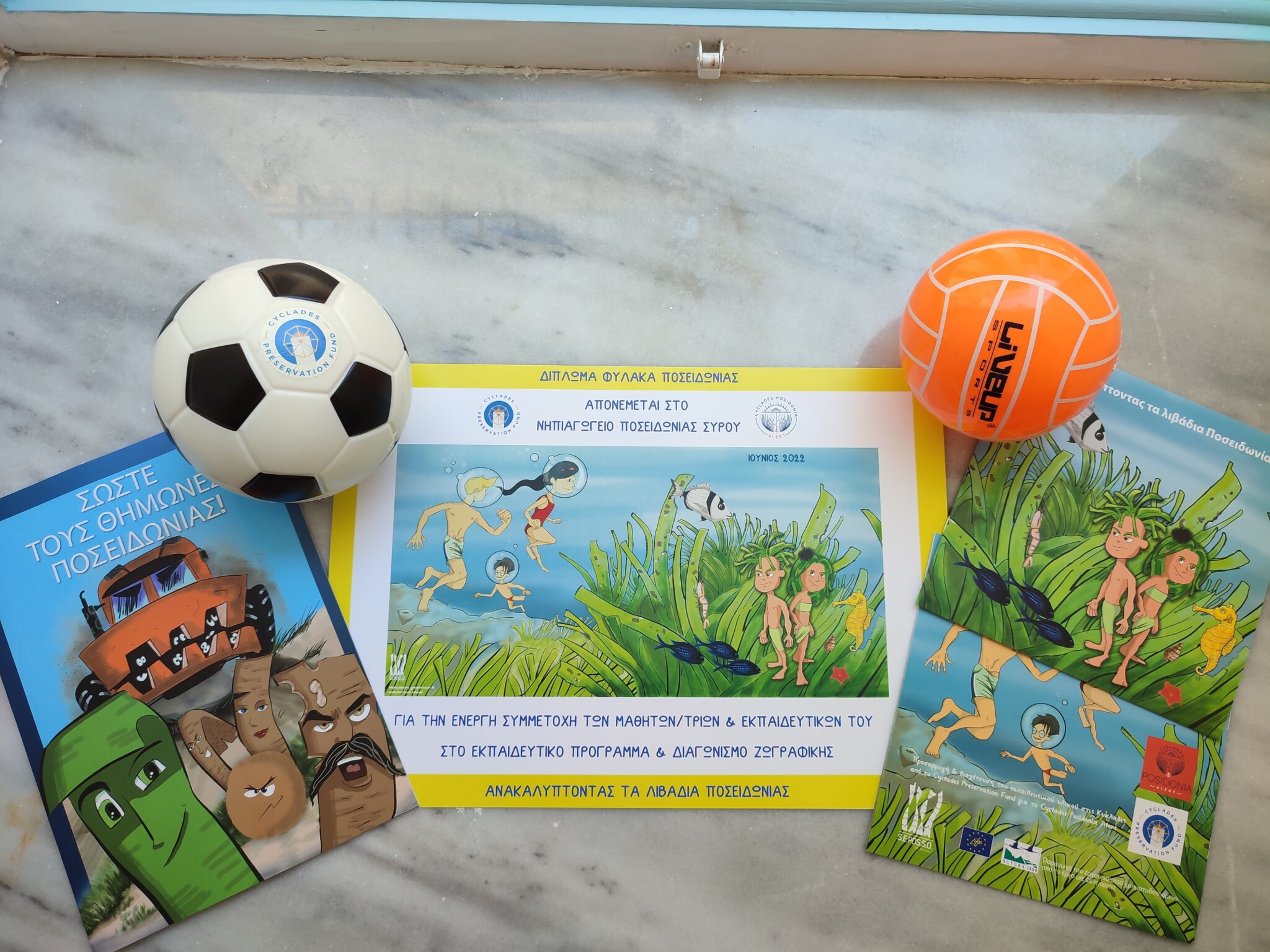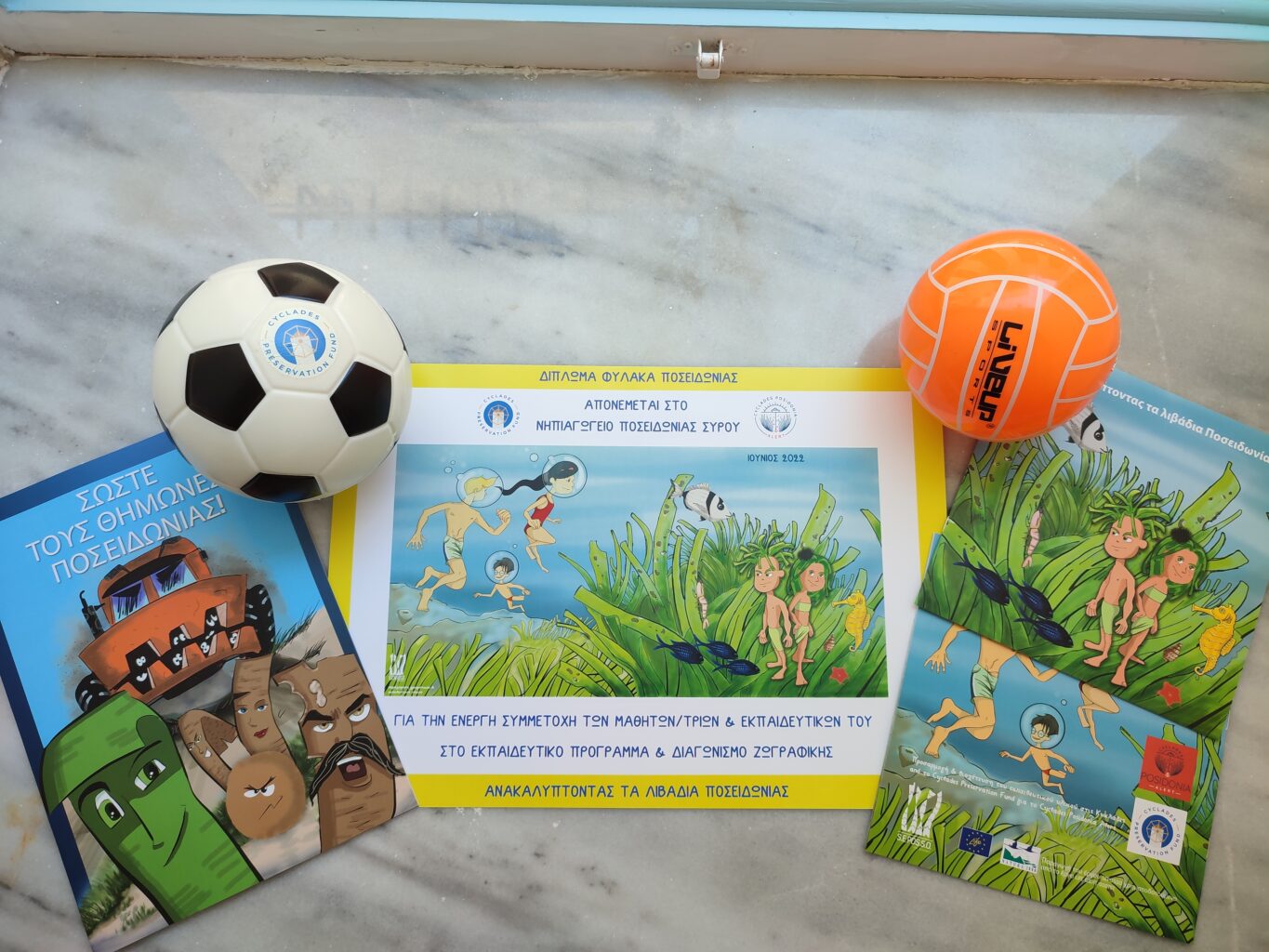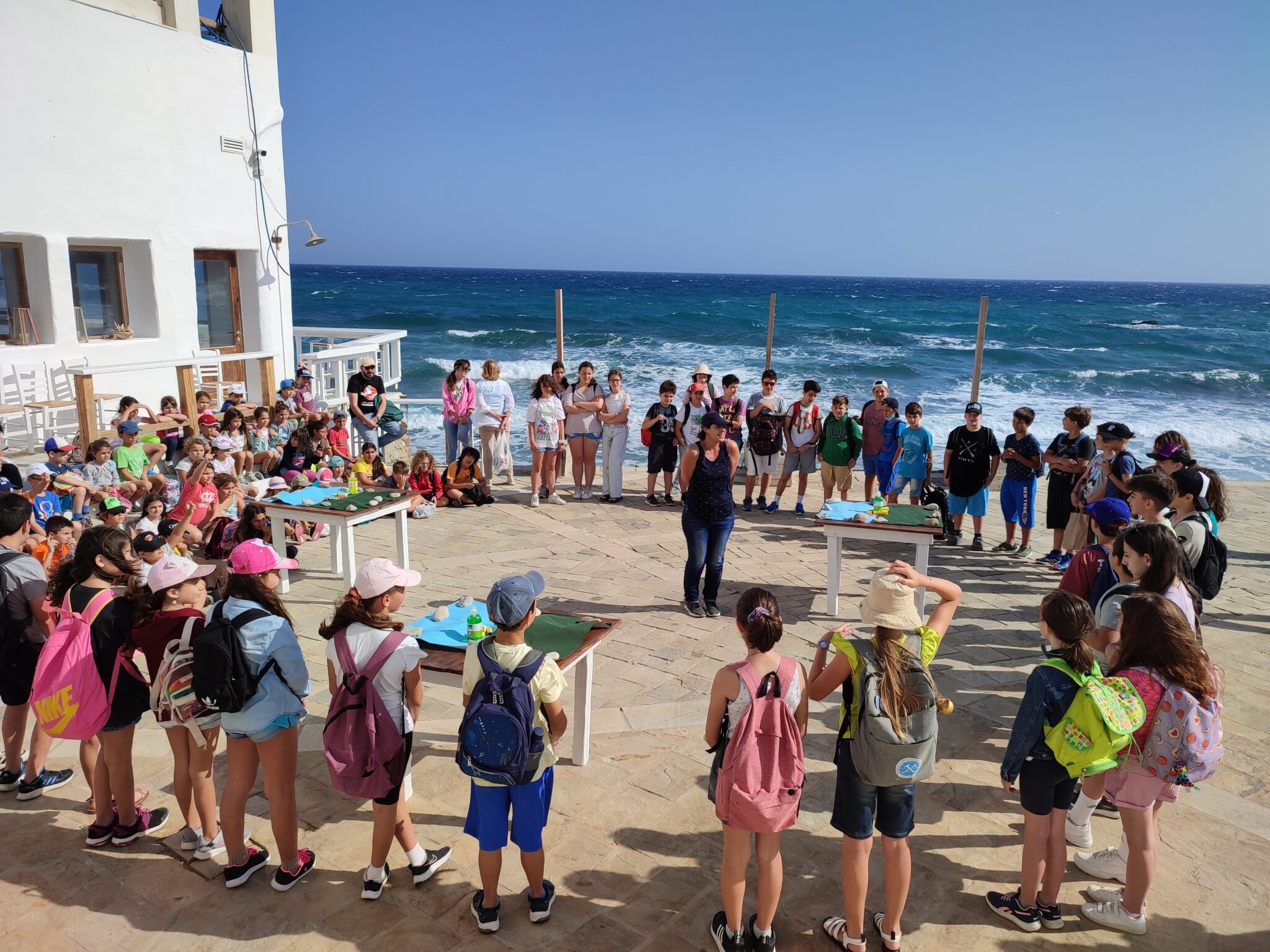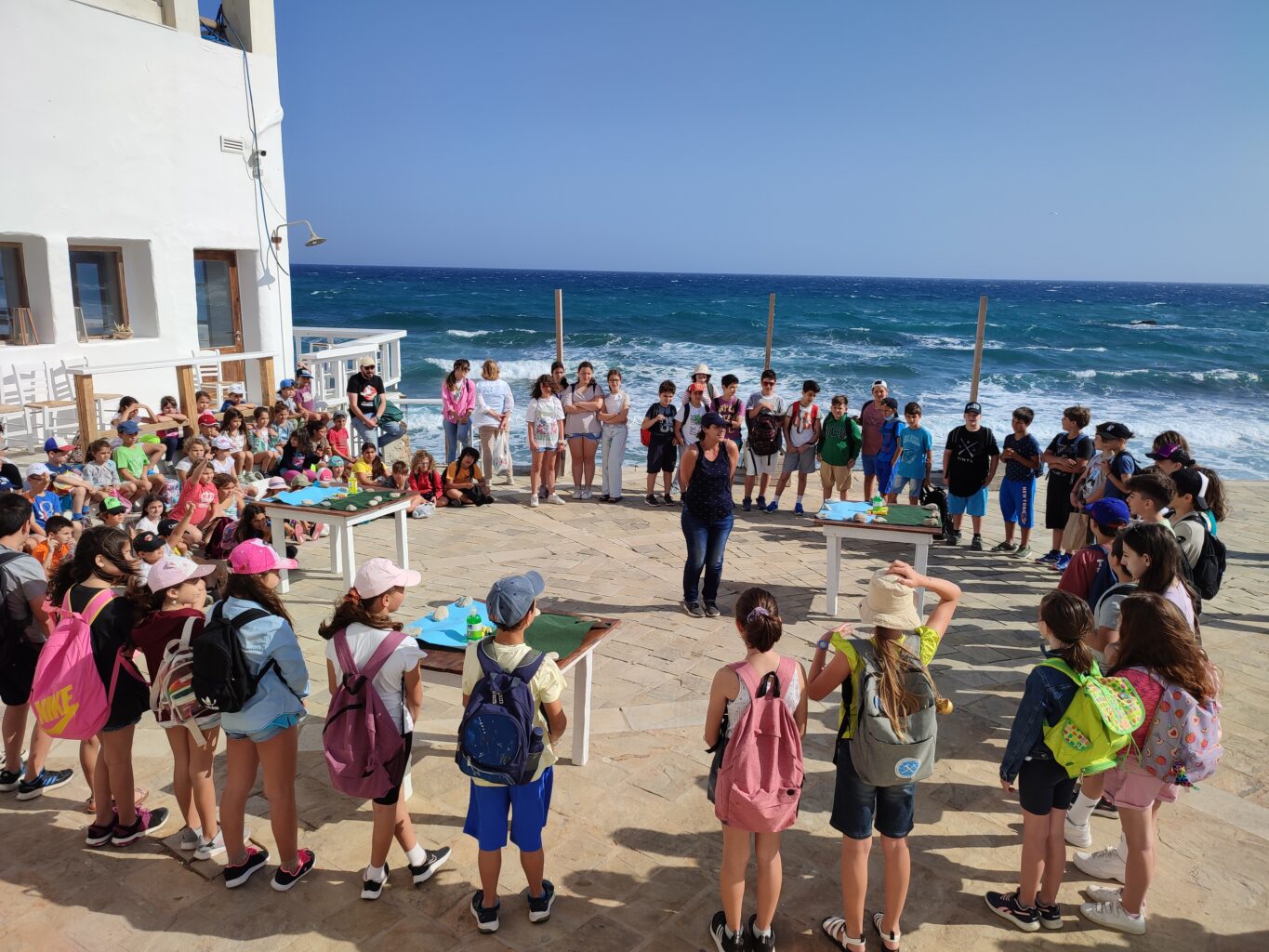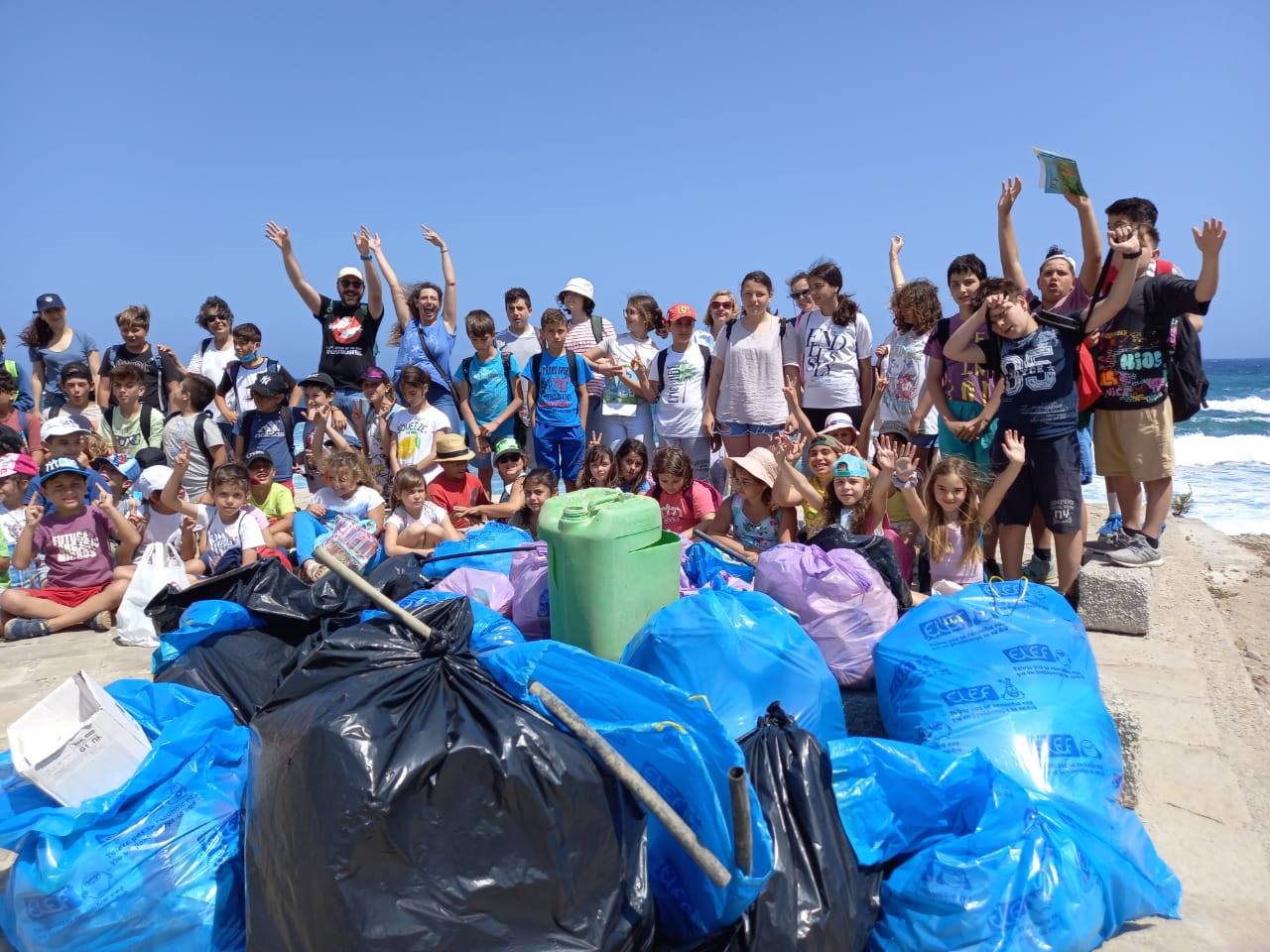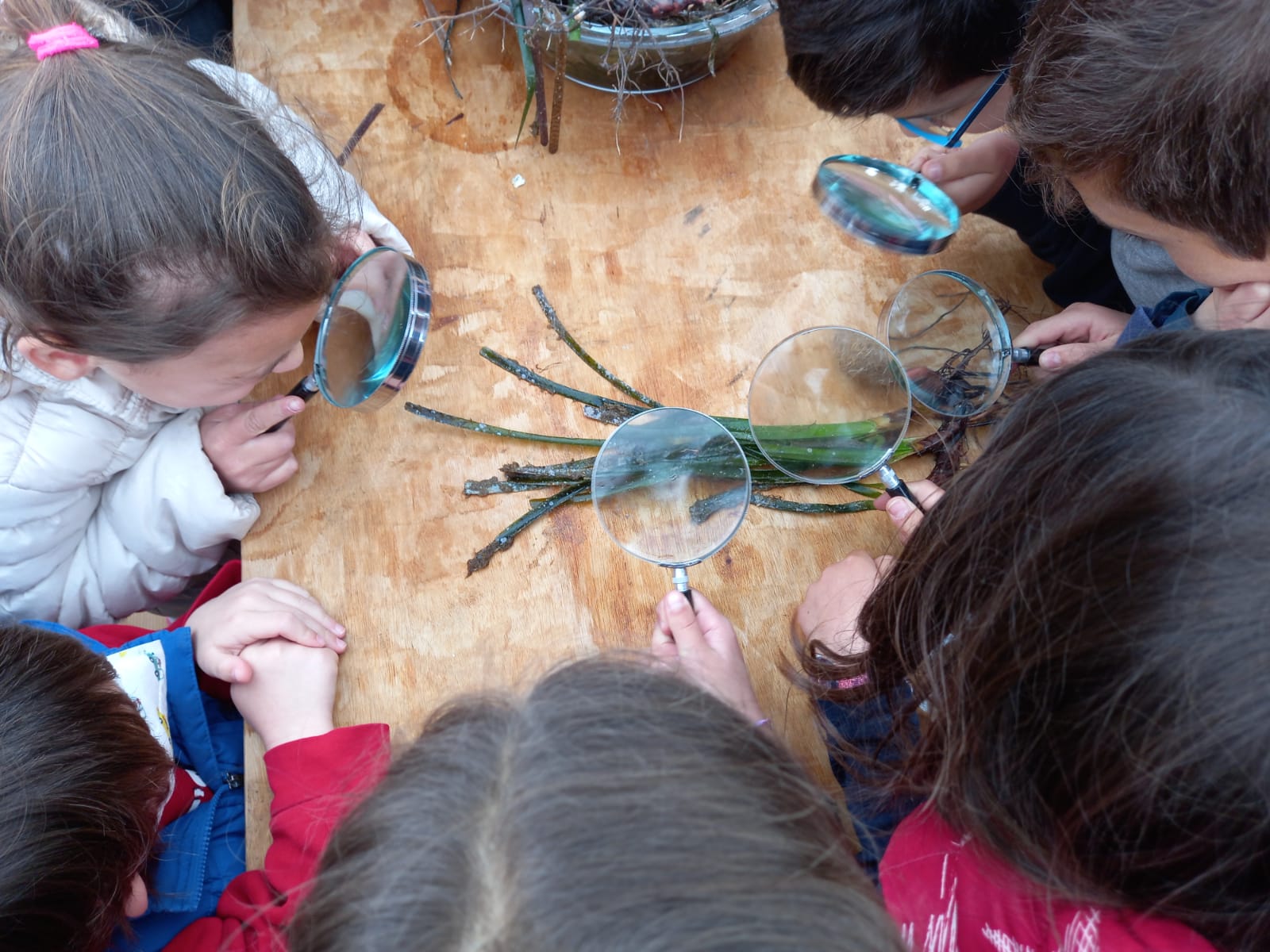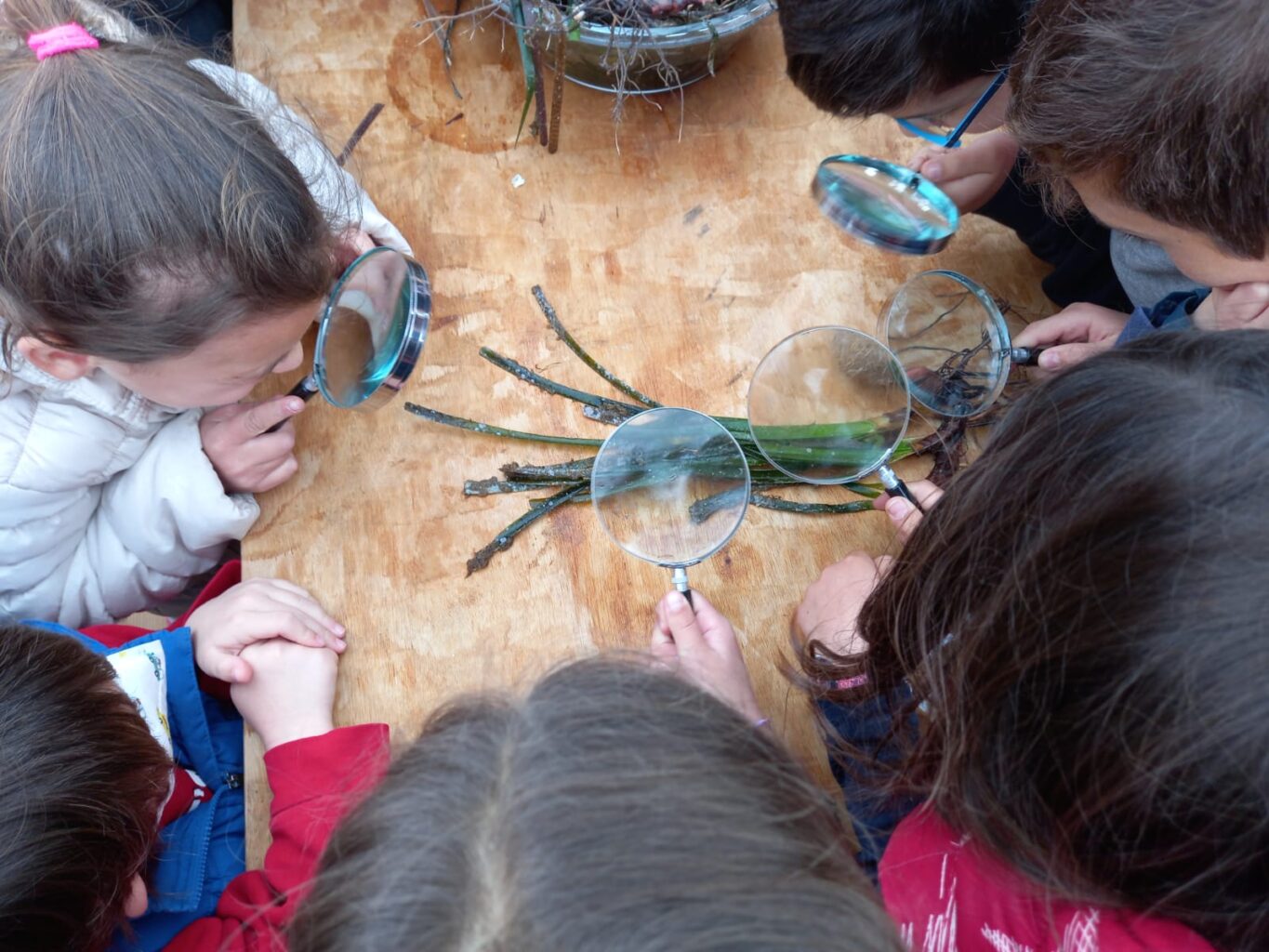A species of seagrass that is endemic to the Mediterranean (Posidonia oceanica) lays the foundation for rich biodiversity in the sheltered bays around the Northern Cyclades Islands. This part of the Aegean Sea is home to more than 200 species of fishes; loggerhead sea turtles; many bird species, including the rare Aegean gull; bottlenose, striped, and Risso’s dolphins; the Mediterranean monk seal, one of the most endangered marine mammals in the world; and the endangered sperm whale.
The many tourists who come to this stunning area are unwittingly causing the seagrass grave harm. Many recreational boats drop their anchors on the sensitive seagrass beds—and once they tear up the seagrass, it takes a very long time for these slow-growing plants to recover. Boat anchors are the most serious threat to seagrass in the area.
To reduce the damage, this project is funding a seagrass education program. It will target school communities, boat operators, and tourists on four popular islands: Syros, Kea, Andros, and Mykonos. The campaign includes educating tourists with signs and brochures; outreach to island schools with educational materials and photo contests; and community engagement on each island, through meetings and media.
Scientists have long considered seagrass an unsung hero of the environment. The dense meadows formed by these ordinary-looking plants don’t get much attention, but they:
- Give wildlife (invertebrates, fish, sea turtles, birds, and more) food and shelter
- Protect shores from storm damage and erosion
- Improve water quality
- Support fisheries that coastal communities count on for food and economic security
- Trap more carbon, per acre, than any other ecosystem on the planet.


